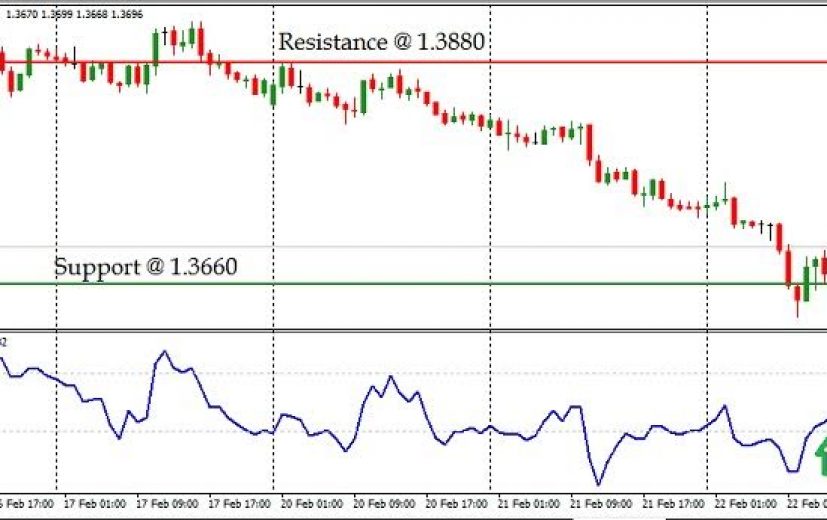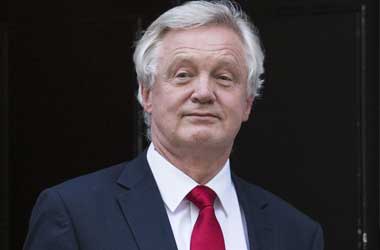 Political uncertainty in Europe due to the upcoming elections in France, steep rise in the price of iron ore, and positive employment change data announced by the Australian Bureau of Statistics pushed the EUR/AUD pair to a low of 1.3731 on Thursday last week.
Political uncertainty in Europe due to the upcoming elections in France, steep rise in the price of iron ore, and positive employment change data announced by the Australian Bureau of Statistics pushed the EUR/AUD pair to a low of 1.3731 on Thursday last week.
It is a well-known fact that nearly 42% of exports from Australia reach the shores of China. Thus, we can argue that the economic strength of China drives the Aussie. A research note from Aurelia Augulyte, currency strategist at Nordea Markets, cautions that China would lead a slowdown in global demand in the months to come.
Based on the below arguments made by Aurelia, we forecast a bullish reversal in the EUR/AUD pair.
StateofNation
The debt to GDP ratio of China was 270% at the end of 2016, up from 150% in 2008. Now, the rising interest rate scenario could slow down the demand for houses as the cost of borrowing will increase. This may result in a housing bubble. Another point of concern is the softening of profits across all the major industrial sectors. To restrain rapid outflow of money, the Peoples Bank of China (PBoC) has resorted to hike interest rates. If the trend continues, Aurelia says, it may cause a recessionary slowdown.
Aurelia believes that the high amount of money being lent in the market is primarily responsible for the near 60% rise in the price of iron ore in the recent months. In a case of slowdown, the iron ore price would collapse and the quantum of exports from Australia would decline drastically. This would erode the value of the Aussie.
Analysts also point to the fact that the decline in the unemployment rate to 4.7% tells only one part of the story. According to St. George Economics, part-time jobs contributed to most of the job additions in January, and this indicates weakness in the labor market.
The recent French election survey indicated that ultra-nationalist and anti-EU supporter Marine Le Pen would lose the second round of the election by a margin of 56% to 44% votes. Emmanuel Macron, the leader of the independent “En Marche” movement, or the Republican candidate Francois Fillon is expected to win the election. The news has provided much needed relief to the investors. Thus, considering the developments, we anticipate the EUR/AUD pair to begin a short-term upward rally.
The price chart indicates the existence of minor support for the EUR/AUD pair at 1.3660. The CCI (commodity channel index) indicator is rising out of -100 reading. This indicates the possibility of a bullish reversal in the EUR/AUD pair.
A long position near 1.3680 in the EUR/AUD pair would be a prudent one at this point in time. The suggested trade would carry a minimum risk, provided a stop loss order is placed below 1.3620. The long position can be sold when the pair rises to 1.3880.
Trading a high or above contract would enable a binary trader to realize capital gains, as long as the pair rises as forecasted. The investment is recommended when the EUR/AUD pair trades near 1.3680. When it comes to contract expiry, the trader should choose a date around March 3rd .




